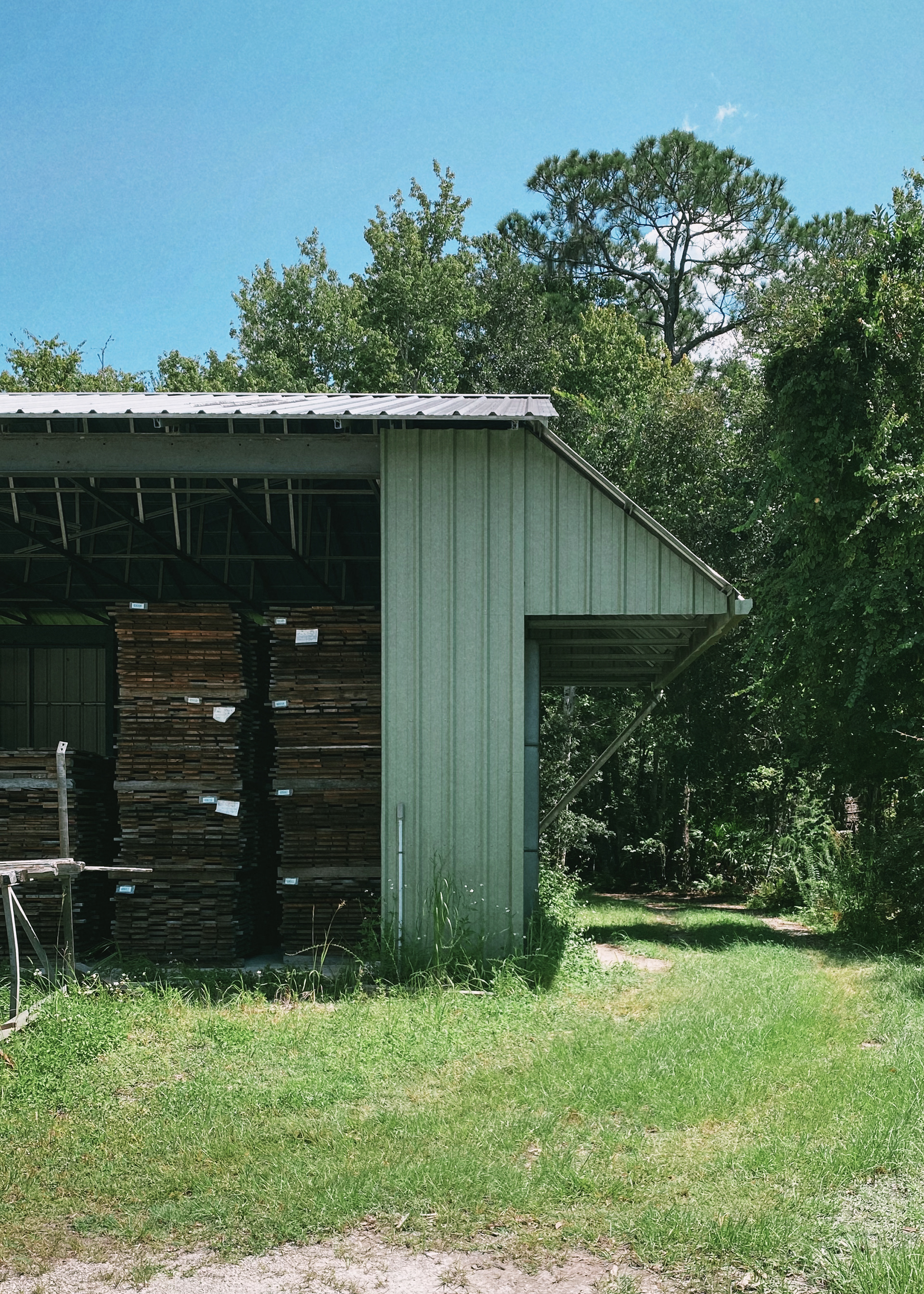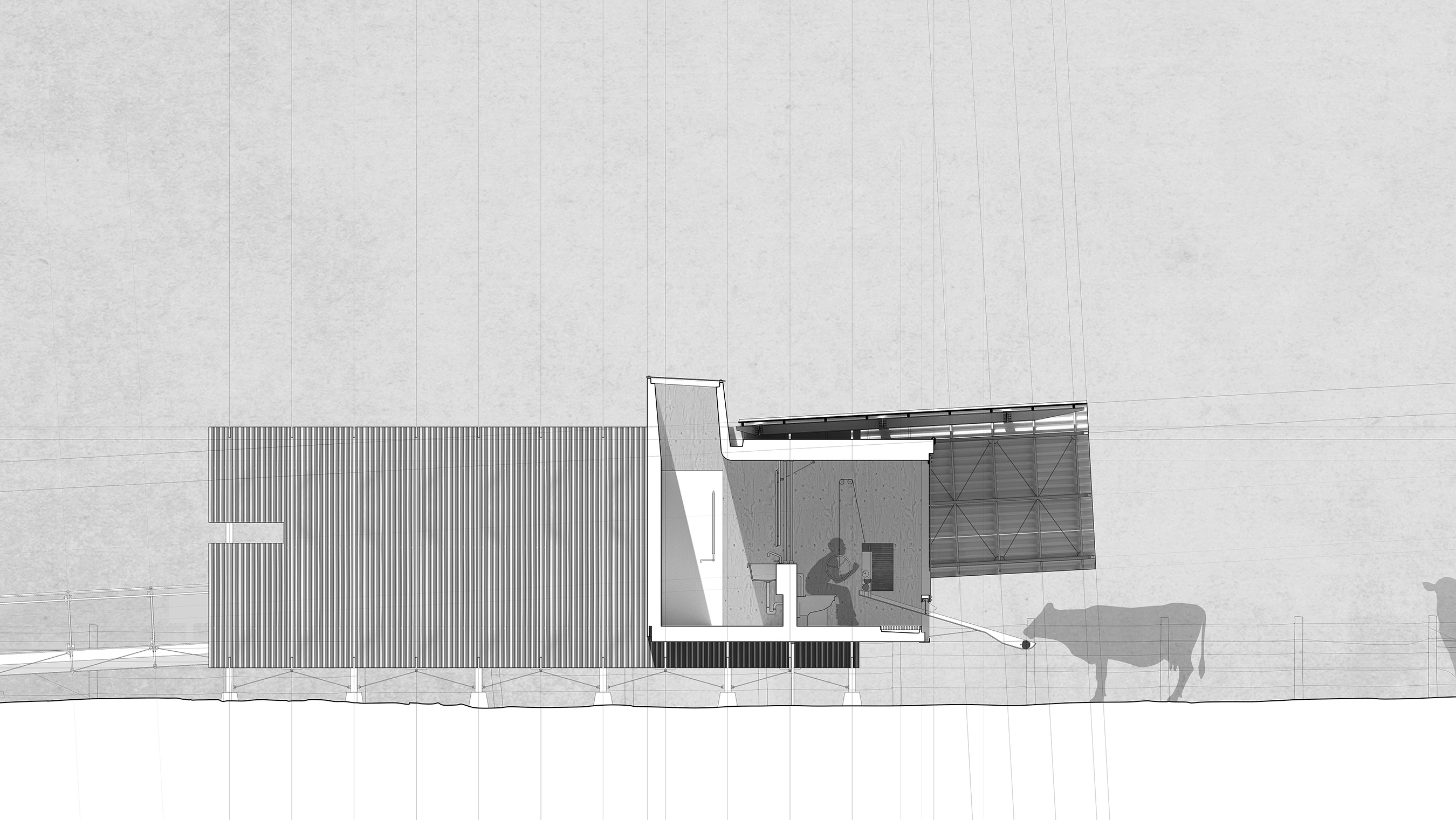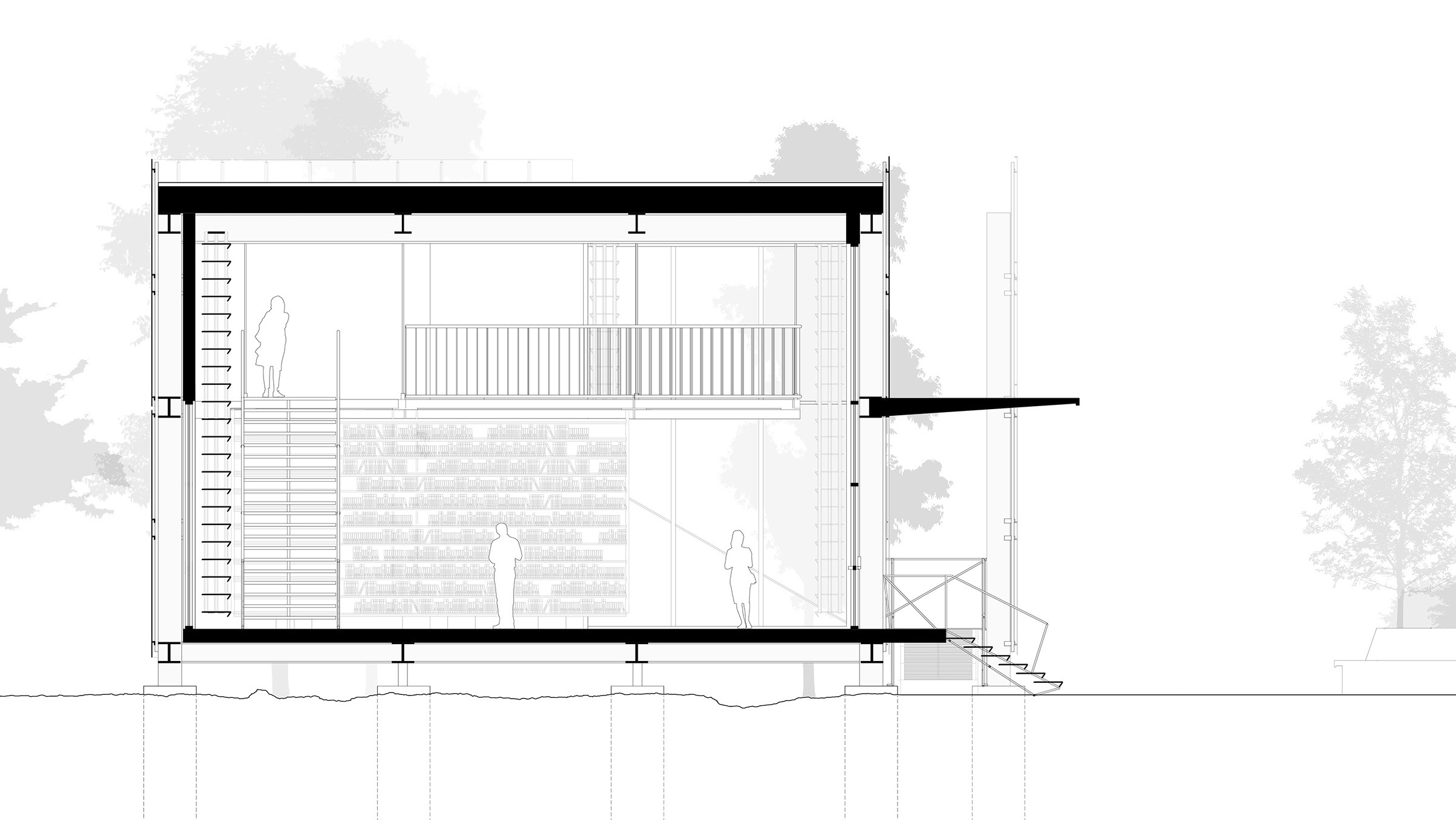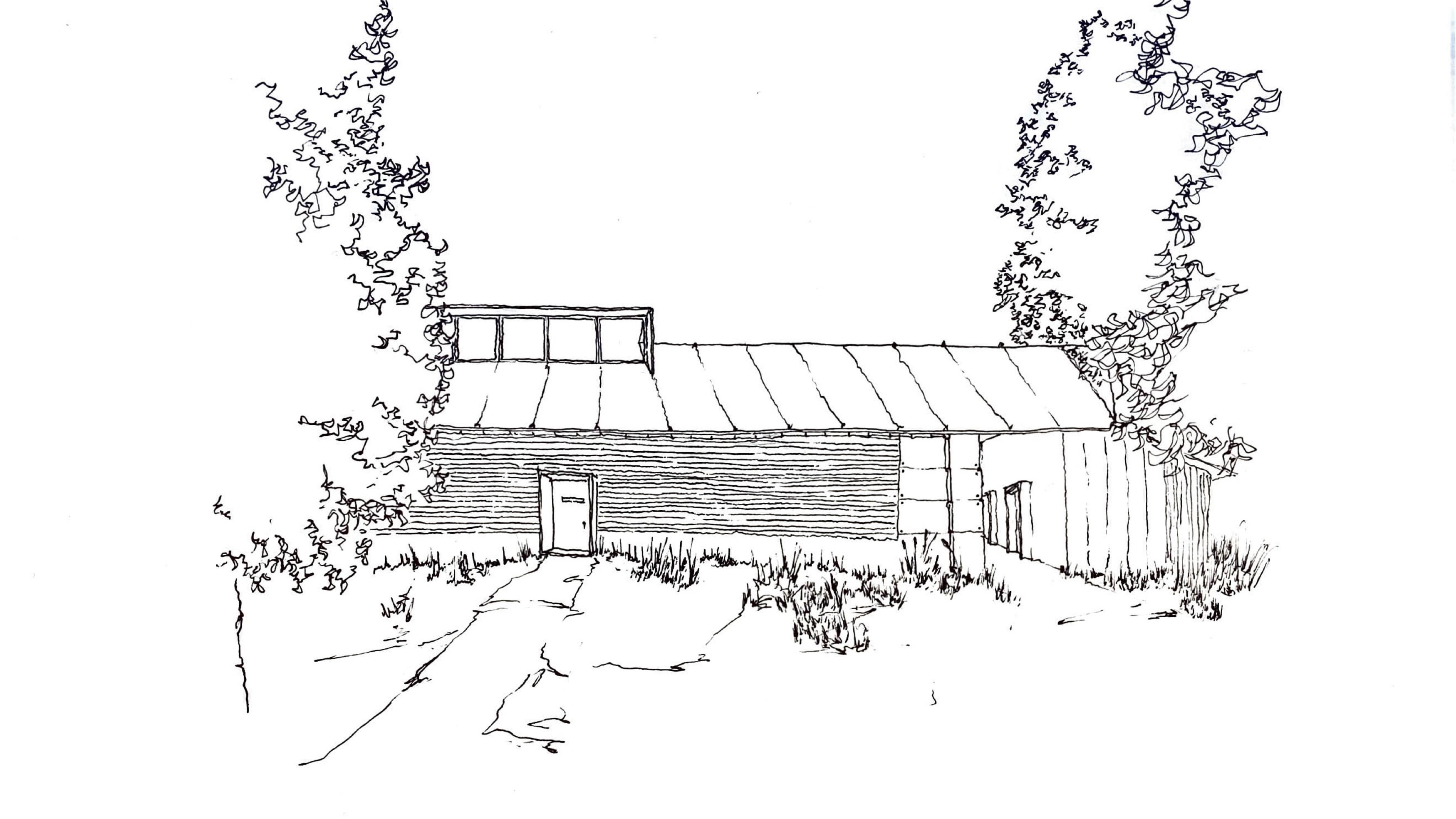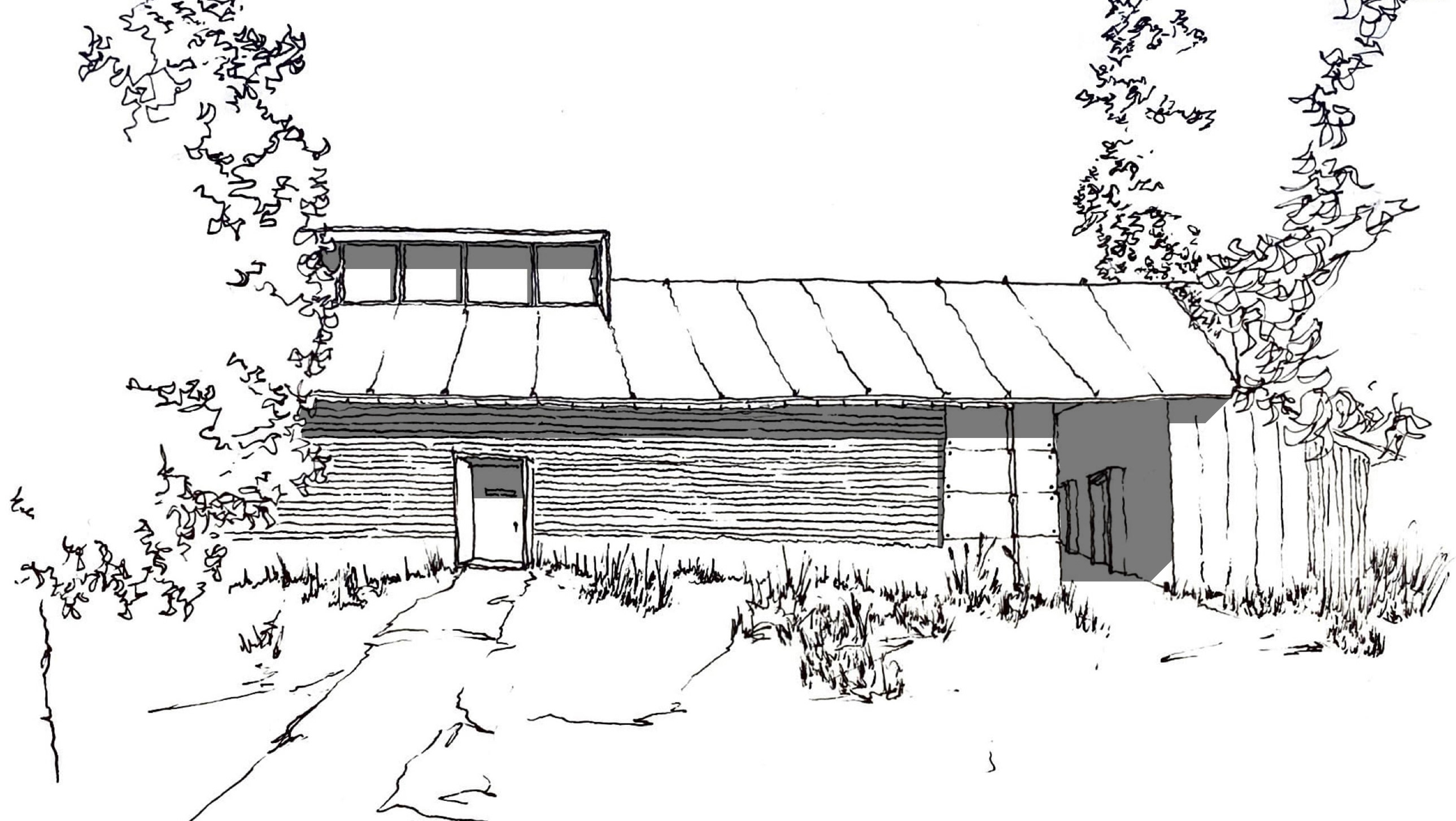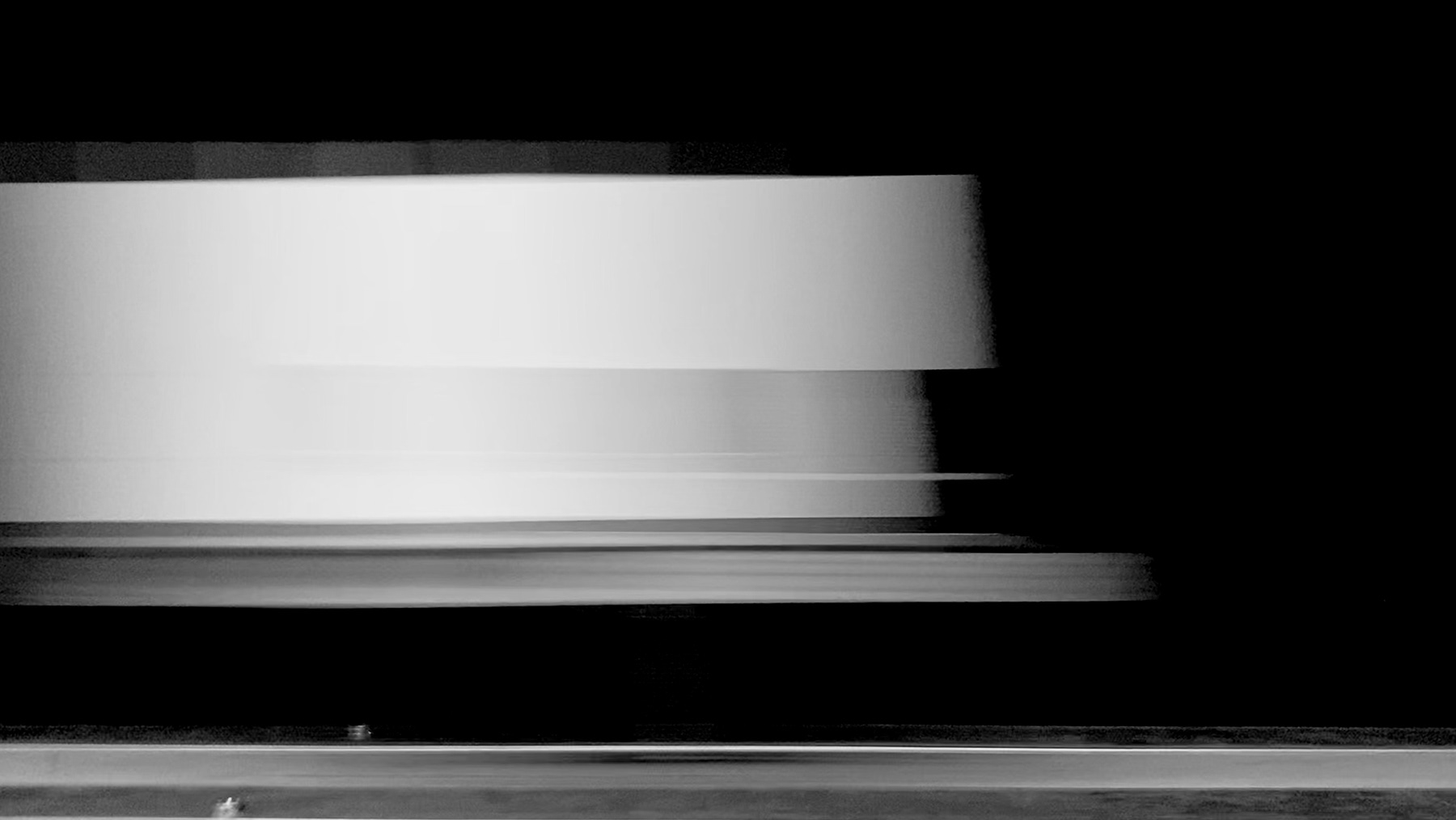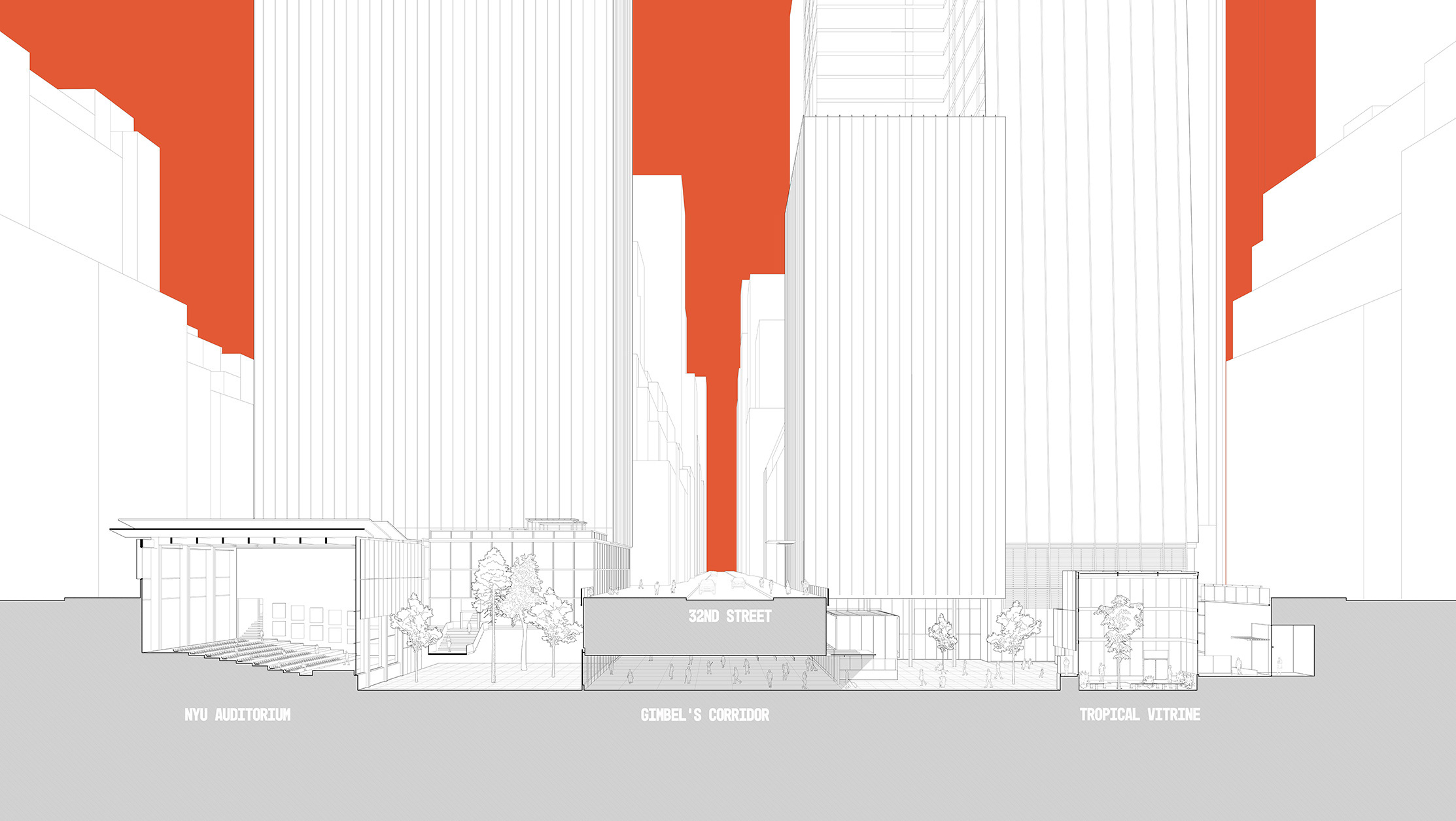
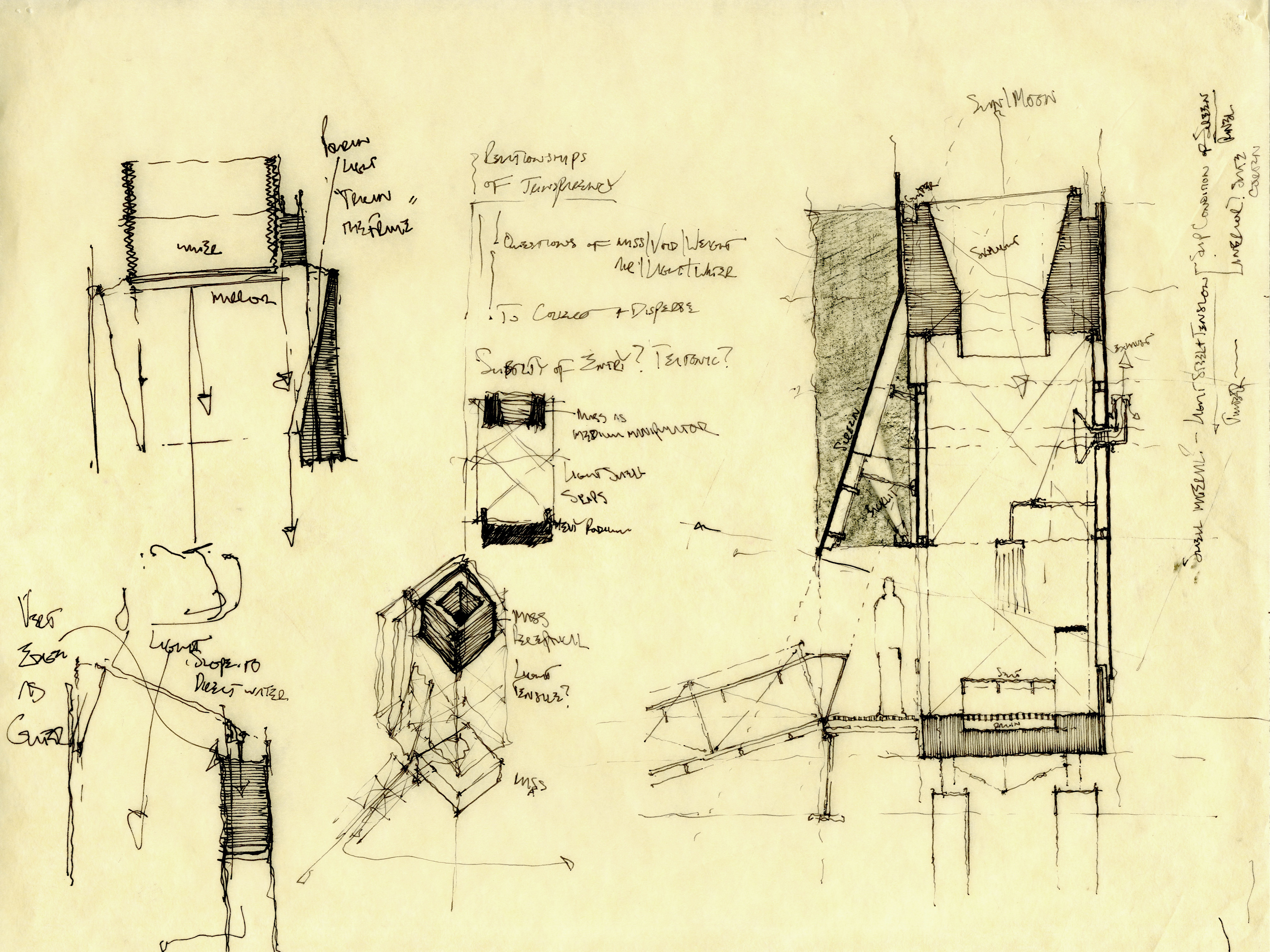

“The concept of everydayness does not therefore designate a system, but rather a denominator common to existing systems including judicial, contractual, pedagogical, fiscal, and police systems... Are not the surreal, the extraordinary, the surprising, even the magical, also part of the real? Why wouldn’t the concept of everydayness reveal the extraordinary in the ordinary?”
- Henry Lefebvre
The ablution follies are divided by gestures and degrees of disrobing. The first is a vertical program that demands complete vulnerability. Showering is a ceremonious action that generally isolates the user behind a curtain or glass, muting the surrounding environment. The particular processes of bathing includes consideration of the removal and storage of clothes, the movement of clean and tainted water, the collection of light, and the subtlety of privacy in threshold. Especially pertinent to the context of roadways, those that use roadside showers most frequently are truckers who drive for tiresome stretches of time across unrolling expanses, constantly chasing a forlorn horizon. The responding space is an elongated, secluded volume that pulls the introspective tendencies upwards. This experience directly reorients the occupant’s perspective from the monotonous asphalt horizon to the framed heavens above. Light is primarily pulled from overhead but also from secondary apertures that more delicately peel the surface back to secrete light downward. A shower head is strung gracefully above the body utilizing tensile systems to stabilize its position within the vertically oriented volume. The surgical deconstruction and contortion of a big rig finds its architectural transformation within the vertical bathing program as an unexpected dialogue of reconfigured ordinary materials. This moment looks to re-frame how truckers and travelers interact with a provoked architectural language in residual program.
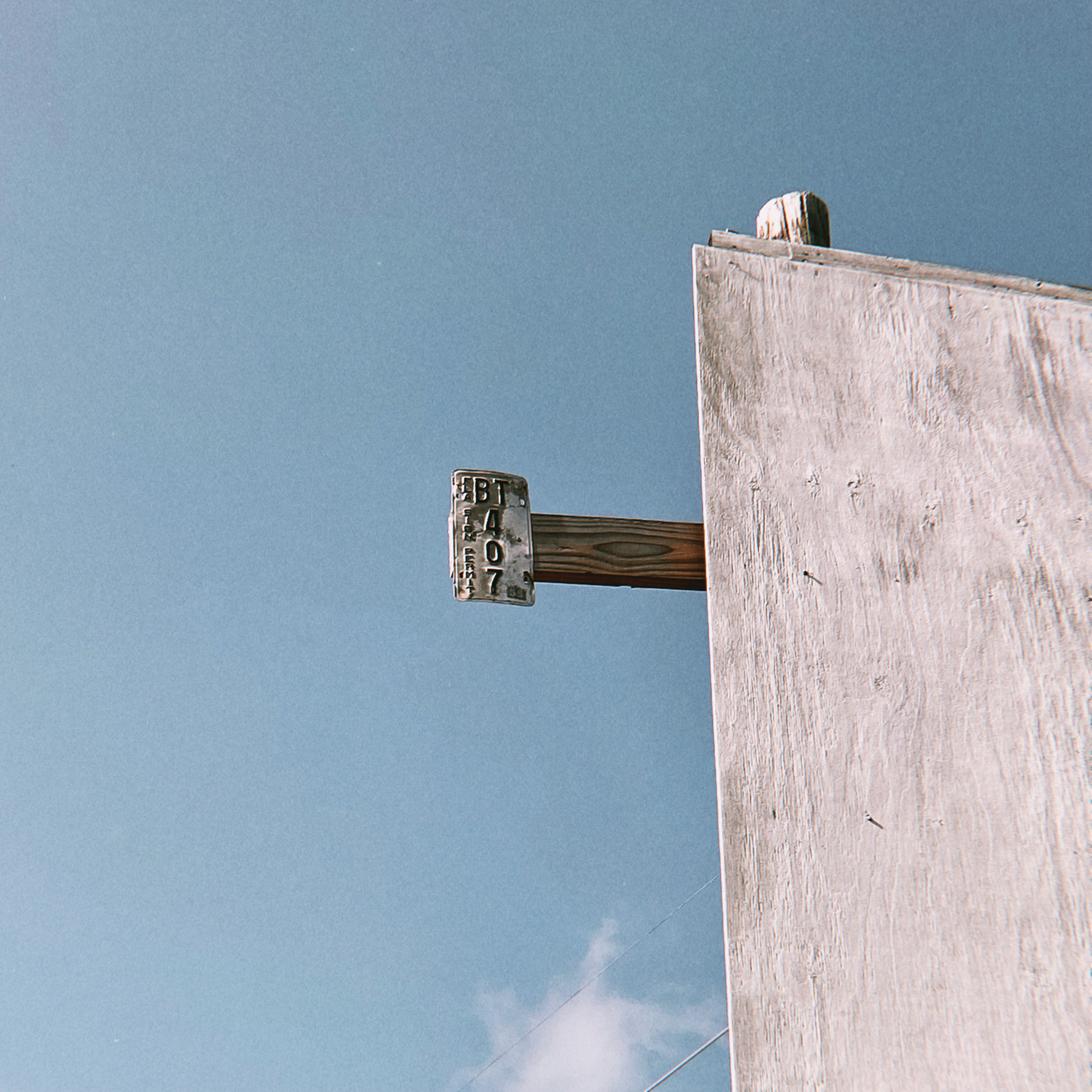





Intensity of bombarding speeds along roads and fences induces a certain warped perception of architecture. Shadows bleed across the horizon, foundations begin to fade below the floor line, and roofs register across the sky. Opportunity for enriched contact with these systems yearns for a certain slowness to combat fleeting interactions. An interjection of specific programmatic moments within these threads, like rest stops and peanut boilers, allows for a more stimulating experience for those on daily commutes, those passing through, or those that live in proximity. This relationship enlists the occupation with the fence, an interstitial condition between along and through.

